The Talayots of Menorca
Wednesday, October 27, 2021
There was a civilisation on the Balearic Island of Menorca which built strange stone constructions known as talayots, taulas or navetas throughout the 1st millennium B.C. It is fairly easy to follow a route around the island to visit these wonders. A good starting point would be the Biniai Nou megalithic tomb. The Me-1 road linking the cities of Mahon and Ciutadella is the central backbone that crosses Menorca from one end to the other. Five kilometres from Mahon, a trail to the right leads to two hypogeal that give rise to the monument. The oldest human remains in Menorca were found here (2300-2200 B.C.).
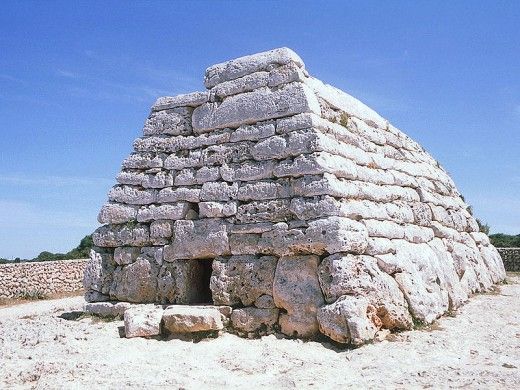
Returning to the Me-1, you can head back 1 kilometre to the turn-off for the town of Talatí de Dalt. The highlights here are the monumental taula and several megalithic caves. Next is the Calescoves necropolis, located around 8 kilometres away on the southern coast, in two rocky coves which were a jetty in the Roman and Byzantine periods (towards the 6th century A.D.) here there is a set of one hundred caves that were used as a burial ground.
Not so far away is So na Cassana, where we can find the ruins of a religious complex and, along the same road around 2 kilometres down, is the Talayotic settlement of Torralba d’en Salort with its splendid megalithic monuments, several talayot, a hypostyle hall and numerous caves.
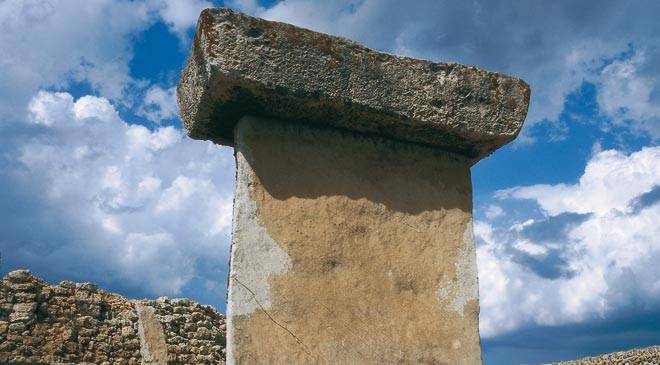
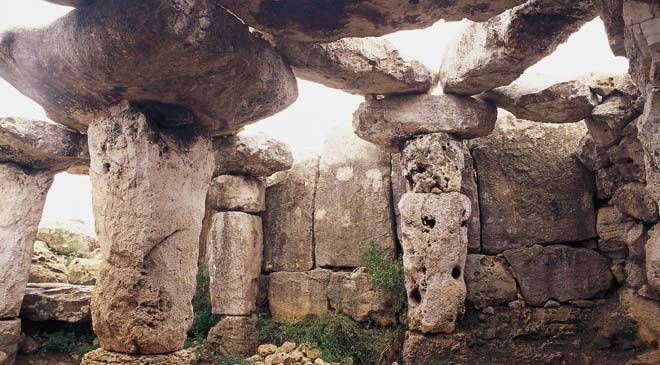

If you continue on, you will come across the town of Alaior. It is worth making a stop here to visit the picturesque nooks and streets with their traditional white limestone Menorcan houses. Next, we take the Son Bou road and, after the Galmés Tower, there are a further two monuments.
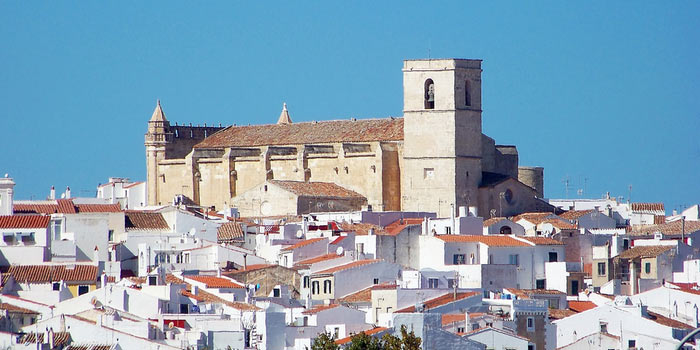
These are the megalithic tomb of Ses Roques Llises and, the most important site, the Talayotic settlement of Torre d’en Galmés, the largest on all the Balearic Islands where we get a better view of what these types of settlements were like.
From here we head into the heart of the island, still on the Me-1. Forests and farmland, which use the traditional dry stone walls for separation, line the route.
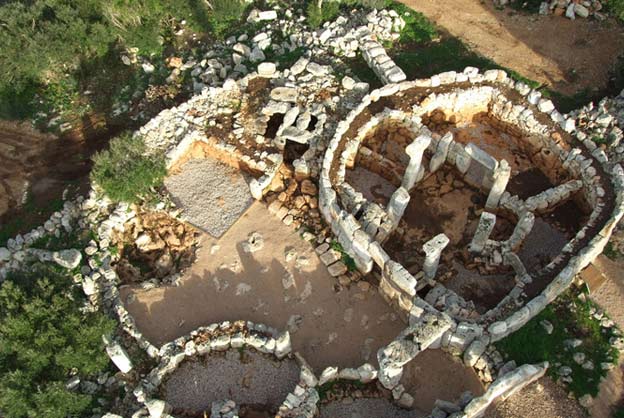
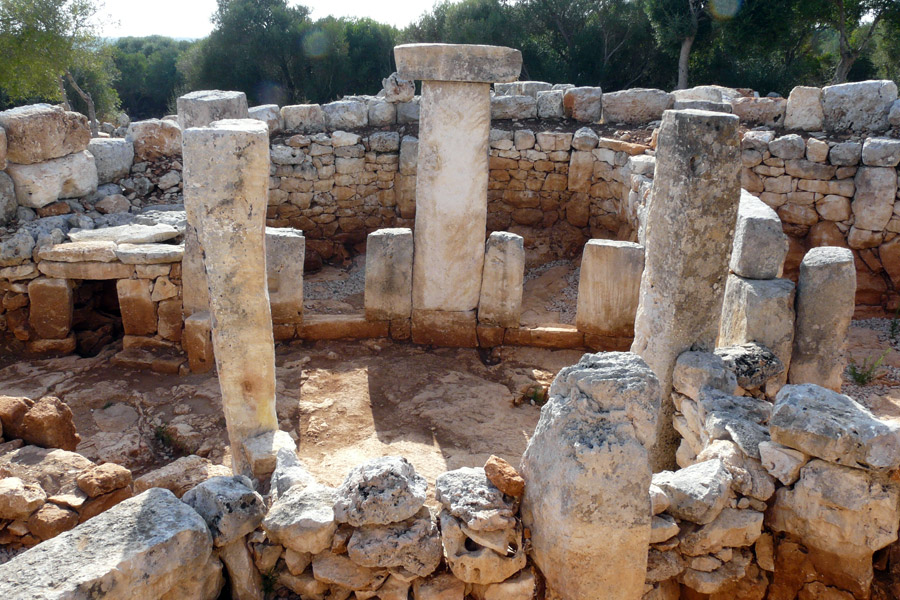
We head through the towns of Es Mercadal (7.5 kilometres), located alongside the Mare de Déu de Toro mountain and shrine, the highest peak in Minorca, and Ferreries (7 kilometres). Here we need to take the road to Es Migjorn Gran to shortly afterwards take the turn-off leading to the Talayotic settlement of Son Mercer de Baix (3 km). The examples of navetas still standing are magnificent.
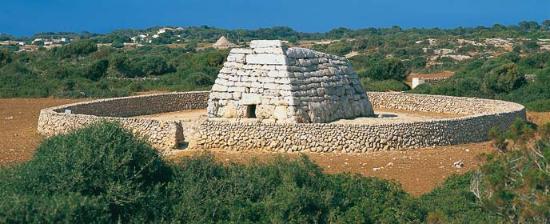
The next stop is the Naveta des Tudons, a splendid funereal monument and one of the best-preserved and most visited on the island. To get here, we need to return again to the Me-1. At kilometre 40 (5 km after Ferreries), a 1-km deviation on the left leads directly there.
Finally, and after getting to Ciutadella on the western coast of the island, the Son Saura road leads you to the Talayotic settlement of Son Catlar around 6 kilometres on, which stands out for its large 800-metre long wall.
 1
Like
Published at 12:08 AM Comments (1)
1
Like
Published at 12:08 AM Comments (1)
Forget the Beach and Hit the Desert
Tuesday, October 19, 2021
Who would ever have thought that this landscape could be found in Northern Spain, A land of green pastures, valleys, vineyards, lakes and mountains? A terrain more akin to the wild west or a scene with Peter O’Toole blazing his way to glory in the “Arabian” desert of Almeria. But this wonderfully mysterious land is just 70km from the ski slopes of the Pyrenees and holds the title of the largest desert in mainland Europe.
Bardenas Reales Natural Park is a place of wild beauty declared a Biosphere Reserve by the United Nations. It is a semi-desert landscape covering 42.500 hectares that is breathtaking and surprises anyone who might cast their eyes over it. A surreal spectacle in southeast Navarre, despite its bare and inhospitable appearance, is an oasis of natural assets.
The erosion of its clay, chalk and sandstone soils has sculpted capricious forms in the landscape to create almost lunar effects, full of gullies, plateaux and solitary hills. It has inspired painters and writers and has been the scene of TV adverts, music videos and films. A unique setting that seems out of place in Northern Spain and leaves nobody indifferent. You can visit this barren land on foot, by bicycle, on horseback or even with 4X4 motor vehicles. Specialist guides are available to help you to discover unforgettable spots with echoes of legends such as the famous highwayman Sanchicorrota, who used to fool his pursuers by putting his horse's shoes on backwards so they couldn’t follow him!

Bardenas Reales is a landscape sculpted over millions of years due to erosion. There are three distinct zones in the natural park which are, from north to south: El Plano, croplands characterised by very gentle slopes; the Bardena Blanca, the most photographed and visited area, where the main rock formations can be found in Castildetierra and Pisquerra. Also in this area, defined by its eroded crags, dry gullies and steppe-like appearance - in its lower part is a Firing Range used by the US Military, which explains the fighter planes; and the Bardena Negra, where the land darkens, giving way to the only Aleppo pinewoods in the area, accompanied by thicket.
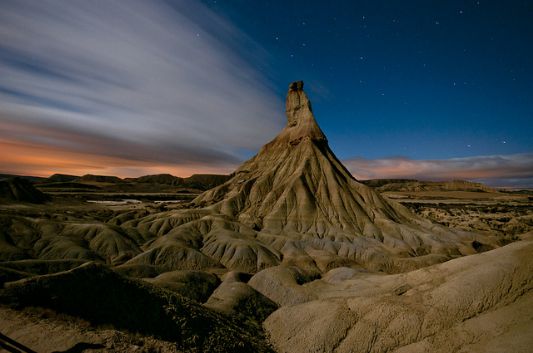
Exceptional viewpoints show the differences between its different zones. From the Alto de Aguilares, you get the best panoramic view of the Bardena Blanca. The Balcón de Pilatos ('Pontius Pilate's Balcony') is an exceptional observatory of birds of prey. These high points show the wealth of this territory, which contain three Nature Reserves: the Vedado de Eguaras, an oasis to the north of the area where the ruins of the Castle of Peñaflor still stand; the Rincón del Bu (in Bardena Blanca), occupying 460 hectares, where the eagle owl breeds; and the Nature Reserve of Caídas de la Negra (in Bardena Negra), which covers 1,926 hectares and has altitude drops of 270 metres.
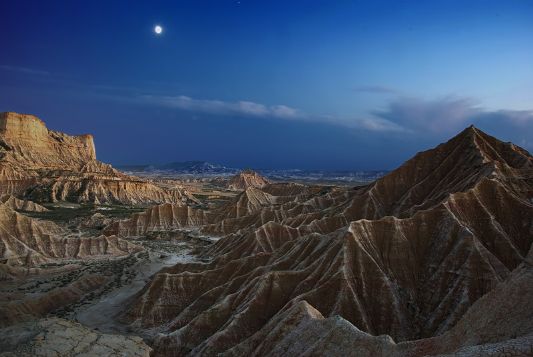
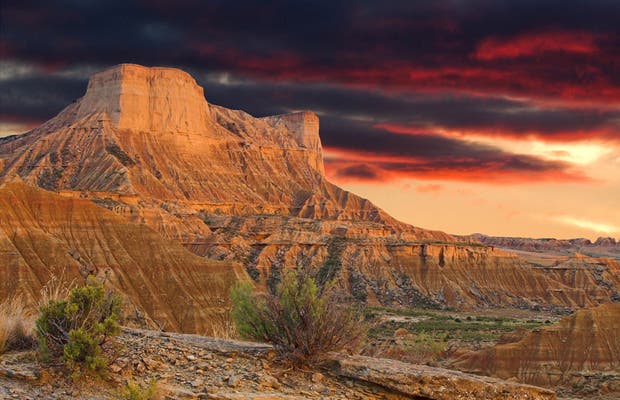
The Bardenas Reales Natural Park also offers more than 700 kilometres of paths, tracks and gullies that can be followed by hiking and cycling enthusiasts. Nevertheless, it is advisable to use specialist guides in your first incursion into the natural enclave. Apart from avoiding the risk of getting lost in the desert, they will help you to interpret the landscape with a flora and fauna more appropriate to an African desert than the north of the Iberian Peninsula. In the remote past, it was even inhabited by crocodiles and turtles. Eagles, vultures, owls, great bustards, foxes, mountain cats, genets, amphibians and reptiles range between scrubland, sisal thickets, salt marshes and reed beds.
Due to the extreme temperatures and the special conditions of the land, it is recommended that one avoids going when it is raining. The best time to visit Bardenas is between September and June. On 18 September, if you have the opportunity go to the "Sanmiguelada", the day when thousands and thousands of sheep from the Pyrenean valleys make their way to this vast extension along El Paso to graze during the winter. To do this, follow the Cañada Real (royal livestock trail) of the Roncaleses which links up the pastures of the Roncal Valley with the Bardenas.
Places like this are what makes Spain such a special country. One could even consider Spain to be a small continent as it offers almost every terrain you could possibly imagine, the choice and wealth of nature is far beyond
what most people can even imagine, but wander away from the coastline and you can discover a world that will leave its mark forever.
Ver mapa más grande
 0
Like
Published at 8:27 PM Comments (3)
0
Like
Published at 8:27 PM Comments (3)
Spain's Most Dangerous Animals
Friday, October 15, 2021
Knowing the most dangerous animals in a place is essential, whether you want to go camping, follow tourist routes or enjoy hiking. For this reason, it is important to know the most lethal species in Spain and where to find them, in order to avoid a quick visit to the hospital.
If you are going to travel through Spain, you may be interested in knowing the fauna of those places you plan to go to. Especially if you are in the countryside, being aware of which are the most dangerous animals in the area could save you from an urgent visit to the hospital.
Although going for a walk or exercising in the countryside may seem very safe, accidents do happen. Therefore, the more people know our whereabouts, and the better we know the way, the more likely we are to be found quickly in the event of an incident.
Although this is something that many people already take into account before going to the forest or the countryside, there is an issue that still few people pay attention to, the fauna. Knowing the animals that we can encounter, especially the most dangerous, is almost as important as knowing the route. These are the ones you can find in Spain:
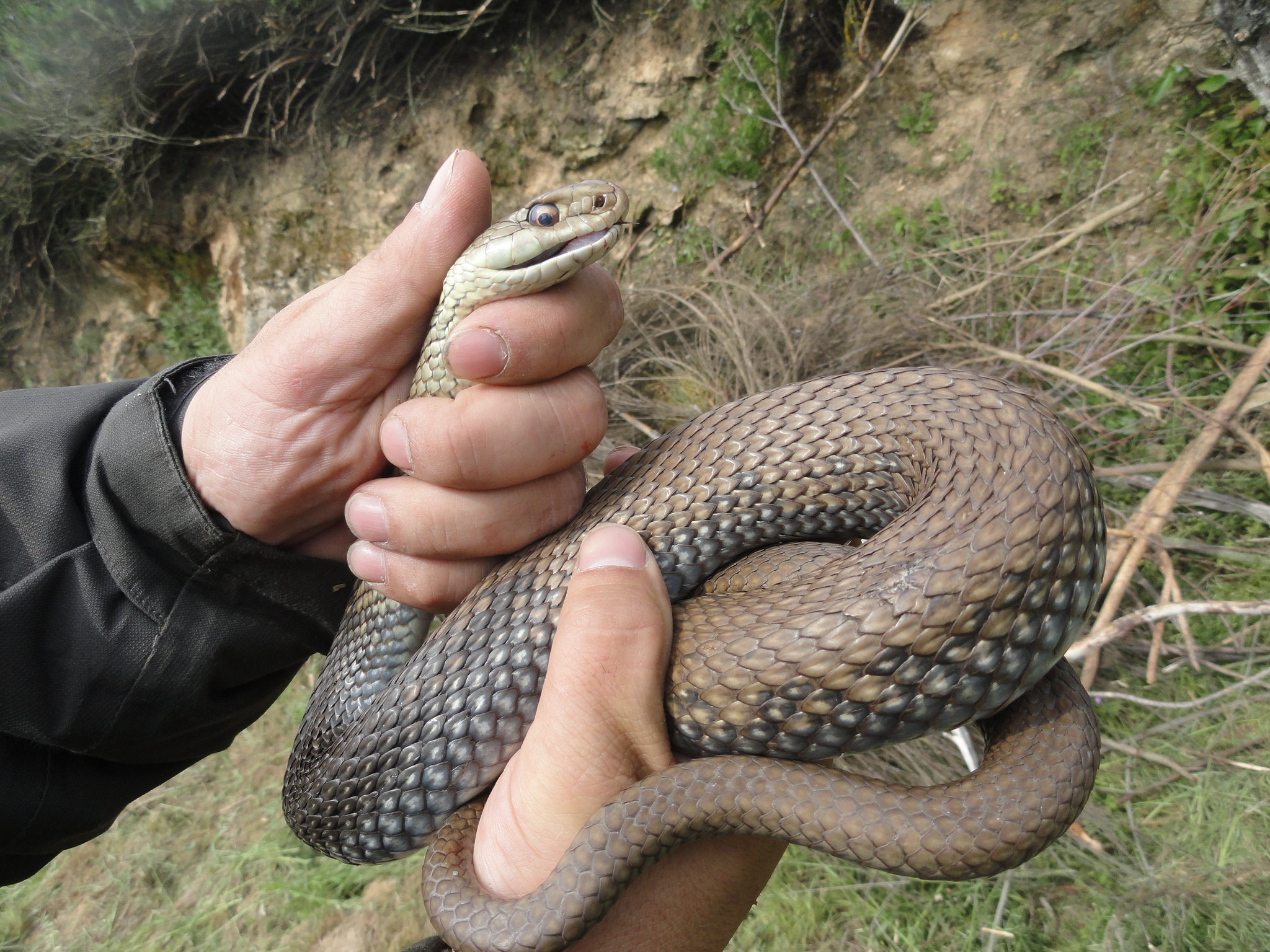
1. The snakes
Although most species of snakes in Spain are harmless to humans, five of them are poisonous. We are talking about three types of vipers, the asp, the Seoane and the snout; and two types of snakes, the bastard and the Manto.
Although they do not come anywhere near the most dangerous snakes on the planet, the bite of any of them does require an antidote and immediate treatment. Therefore, be careful when stepping on the ground, because although they feed on mice, birds and insects, if they feel threatened they can attack you.
Specifically, the asp viper, the most dangerous, measures less than 70 centimetres, lives for about 18 years and inhabits forests and grasslands. It can be found in the region of Catalonia, the province of Burgos, the Ebro valley and in the northern Iberian System.
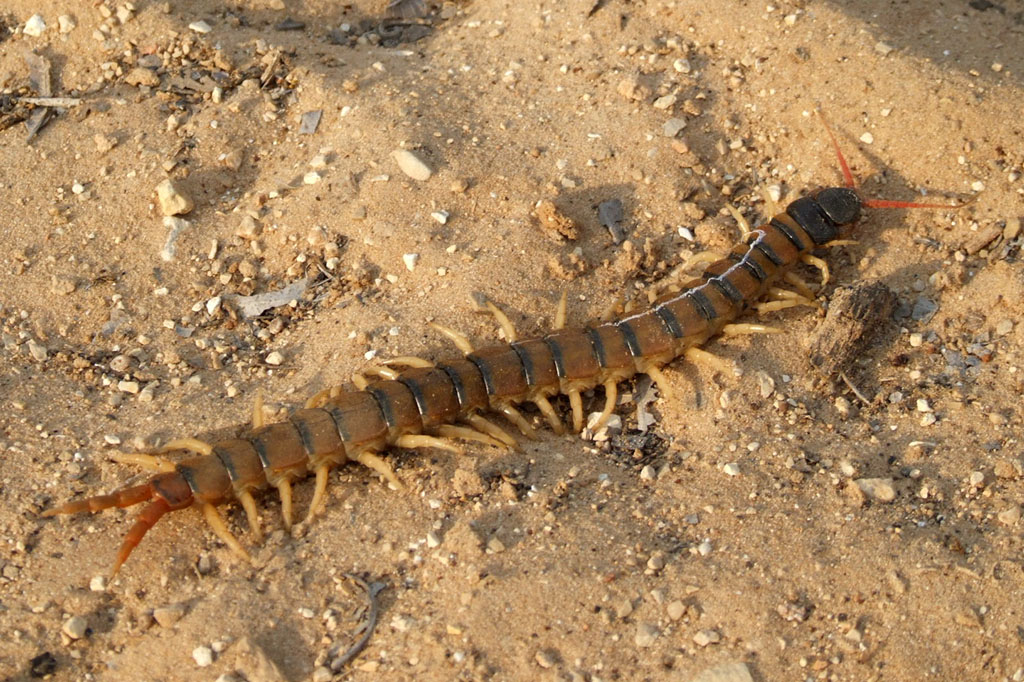
2. The Centipede,
The centipede is a species of myriapod, also known as centipedes, black and yellow in colour. It is about 8 inches tall, has 21 pairs of legs, and its sting is extremely painful. They are found throughout the Spanish territory, including urban areas, but they are more common on the Mediterranean coast. Although they are not lethal, if this animal bites you, you will probably have to go quickly to the hospital.
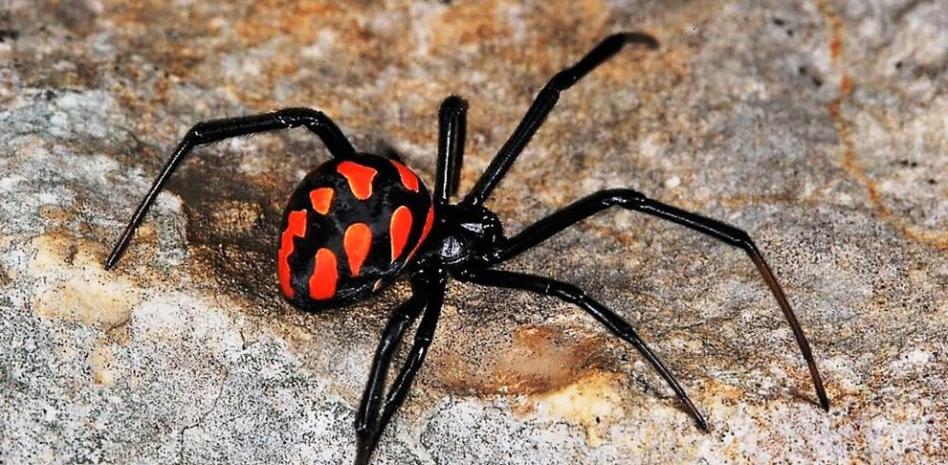
3. Spiders
One of the most common phobias in society is arachnophobia. However, among all the species of spiders out there, few are poisonous, and even less lethal to humans. Specifically, in Spain, there are about 1,500 types of arachnids, of which only two are very dangerous.
The first of these is the Iberian black widow, Latrodectus tredecimguttatus in Latin. It receives this name because the female eats the male after mating. It measures approximately 15 millimetres, is black in colour and has red spots on top. Although its bite is rarely fatal to a human being, its high dose of venom can cause serious problems in children and the elderly. They can be found in the Levante peninsular and in Almería.
The second most dangerous spider in Spain is the Yellow Sac spider, Cheiracanthium punctorium in Latin. It measures about 10 millimetres and, as its name suggests, it is yellow in colour. It is not lethal, but it can cause severe pain and itching.
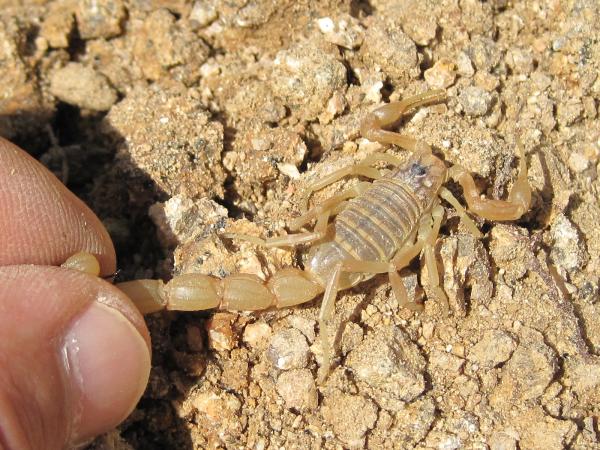
4. Scorpions
These animals are among the most dangerous in Spain. They are found in the countryside, under rocks or in shady places, and a sting from them implies a quick visit to the emergency room. The yellow scorpion is the most frequent scorpion in the country. It is small and yellow in colour, and it is rarely lethal. The black scorpion is also very common, especially in northern Spain.
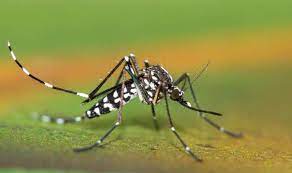
5. The tiger mosquito
According to the World Health Organization, the animal that takes the most lives in the world is the mosquito, due to all the diseases that it can transmit with its bite. Specifically, the tiger mosquito infects yellow fever, dengue and Zika. It is found in hot and humid areas, such as the Mediterranean coast, but it is increasingly present in the rest of the provinces.
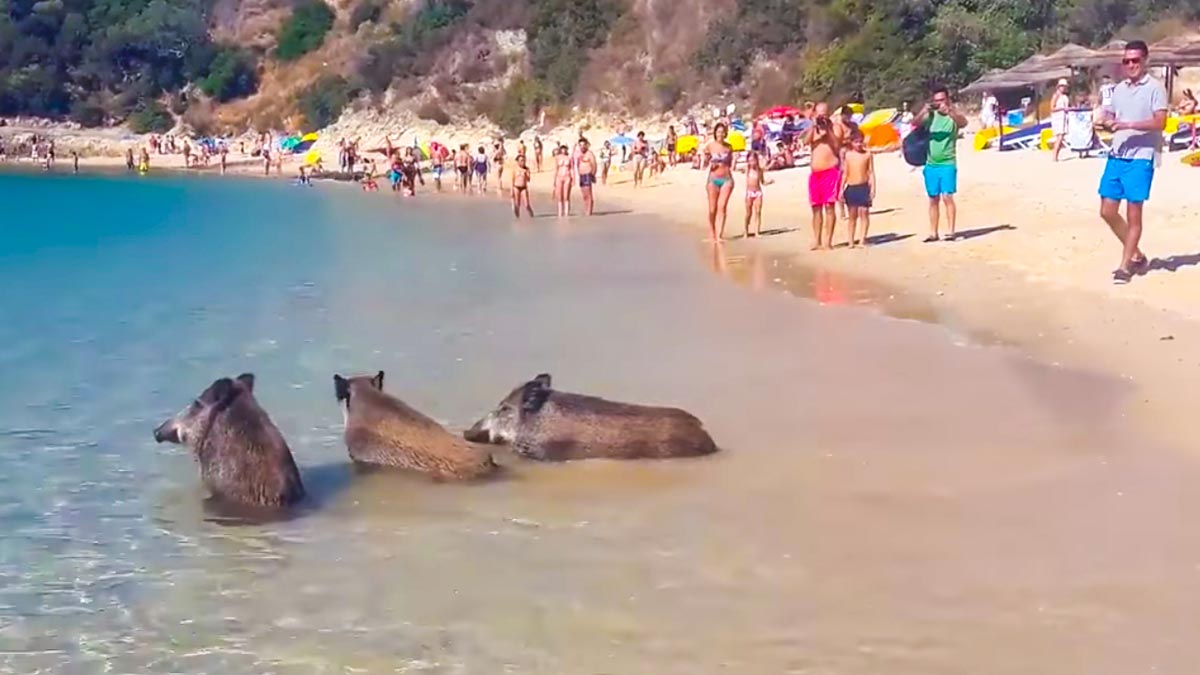
6. Wild boars
In recent years, urban areas have seen how these wild pigs increased in number, and they got closer and closer especially during the pandemic. In doing so, they can be threatened by our proximity, so we must be very alert in the presence of any wild boar, due to their aggressiveness. They have been sighted on beaches in Barcelona and also wandering through villages in the countryside.
 4
Like
Published at 2:50 PM Comments (2)
4
Like
Published at 2:50 PM Comments (2)
Spam post or Abuse? Please let us know
|
|